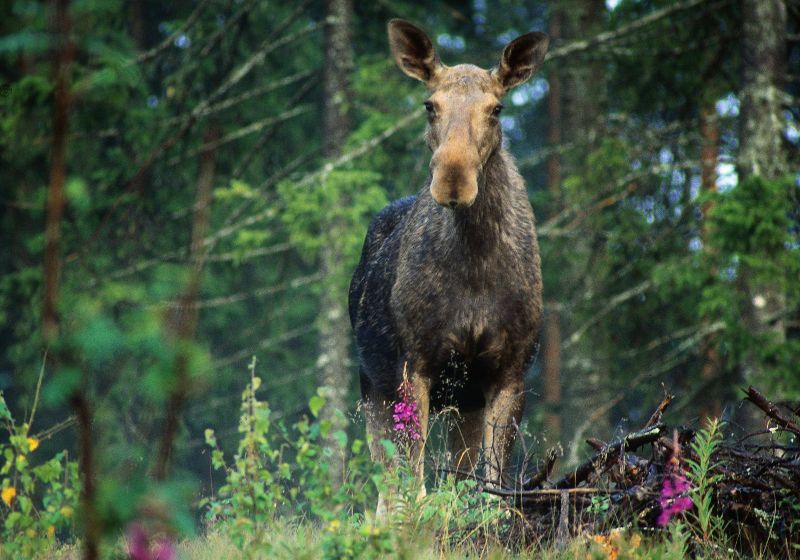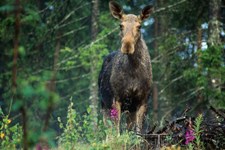News

Female Moose Demonstrate Hypometabolism During Winter
Understanding how animals living at high latitudes respond to changes in their environment has long interested researchers. In a recent study, scientists at the Inland Norway University of Applied Sciences and the Swedish University of Agricultural Sciences looked at seasonal differences in temperature and heart rate in female moose in Scandinavia.
Bio-loggers provide valuable data
12 female moose were equipped with a GPS collar with an acceleration sensor, as well as a temperature sensor. In addition, a temperature sensor was placed in the animals’ rumen and a Star-Oddi’s DST centi-HRT, leadless heart rate and temperature logger, was implanted subcutaneously.
Clear seasonal differences identified
The researchers identified seasonal differences in both body temperature and heart rate. The moose had lower levels of both body temperature and heart rate during the winter season compared to the summer.
The highest daily recorded mean for body temperature was 38.64°C, measured on July 10, while the highest recorded mean daily heart rate was 71.9 bpm (June 26). The lowest daily mean for body temperature was 38.03 (March 17) and the lowest mean heart rate was 40.5 bpm.
Lower metabolic rate in winter
The results demonstrate that the animals have a lower metabolic rate during winter compared to summer to reduce energy expenditure when the temperature is colder, and resources are not as readily available.
The paper was published in Frontiers in Ecology and Evolution and can be accessed here.
